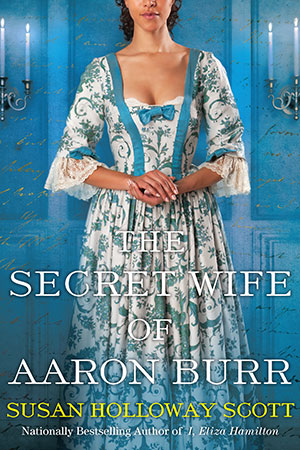Susan reporting,
An 18thc mantua-maker (dressmaker) seldom shared the "art and mysteries" of her trade with her customers. It was hard-earned knowledge and skill, gained through an apprenticeship that might have lasted seven years, and it also benefited the business to keep a bit of alluring, magical mystery to her fashionable creations.
For the last five years, Sarah Woodyard, journey-woman in the mantua-making trade, Margaret Hunter Shop at Colonial Williamsburg (shown here in the floral short gown), has been studying different theories of cutting out 18thc gowns - the most important part of the "art and mystery" of dressmaking - and has agreed to share some of her research here.
There was, of course, no single way of cutting out an 18thc gown. Various mantua-makers would have devised methods that worked best for them, and even at the Margaret Hunter Shop, each mantua-maker has a favorite technique. However, Sarah's study of extant garments made her realize the importance of the linen linings in construction and fittings and, in best 18thc style, led her to develop her own favorite method. The technique is simple. Using linen, a less expensive fabric, the lining is cut out and used to establish the fit of the bodice and to "build' the outer garment on top of the lining. The lining becomes both the guide for the creation the gown, and the base for its structure. Not only would this method preserve the more costly outer fabric from being damaged by a slap-dash cutting mistake, but it was also an easier way to control the large amounts of fabric that created the volume of a sack or common gown.

The technique was also a time-saver for both a busy customer, and a mantua-maker determined to make the most of her sewing time. At every price point, women's clothing in the 18thc was fitted and cut on the individual body rather than on a dressmaker's form, ensuring a custom fit. By fitting just the lining on the customer, the rest of the gown could be cut and stitched without her presence until one more final fitting.
In these photographs, Sarah is shown fitting the plain linen lining for a polonaise jacket and matching petticoat on Aislinn Lewis, one of the blacksmiths at Colonial Williamsburg. This ensemble was one of Sarah's final apprenticeship projects completed to prover her skill and move up as a journey-woman. Sarah only required Aislinn for a fitting in the morning to cut the lining, and another in the afternoon for a sleeve fitting. That was all; Sarah was able to hand-sew and complete both pieces - made from pink changeable silk - in about thirty-six hours, including all the trimmings.
The same technique could be used to construct a gown for a woman unable to come in person to the mantua-maker's shop. For women who lived far from town, travel could be prohibitively difficult, and in many families the men traveled to town on business, while the women remained at home with the children.
The trade card,
bottom right, for London mantua-maker M. Giles offers the same services for "Ladies residing in the Country [who] may be fitted in the exactest manner by sending with their Commands a Gown or Pair of Stays which fitts them."

As the advertisement shows, a woman could still have new clothing made by sending either an existing gown or a pair of stays to her mantua-maker. Stays were the 18thc version of a corset; no only were they, too, custom-fitted, but over time they assumed the shape of the wearer's body, and could serve as a good replica of her upper torso. Either way, the mantua-maker could use the existing garment to copy and cut a new lining as a pattern, and built a new gown from the lining out without an in-person fitting - and once again, fashion triumphed.
All photographs by Fred Blystone. Used with permission.
Trade card, 1770s, London, British Museum.










 One of us --
One of us -- 


